by Donna Haraway
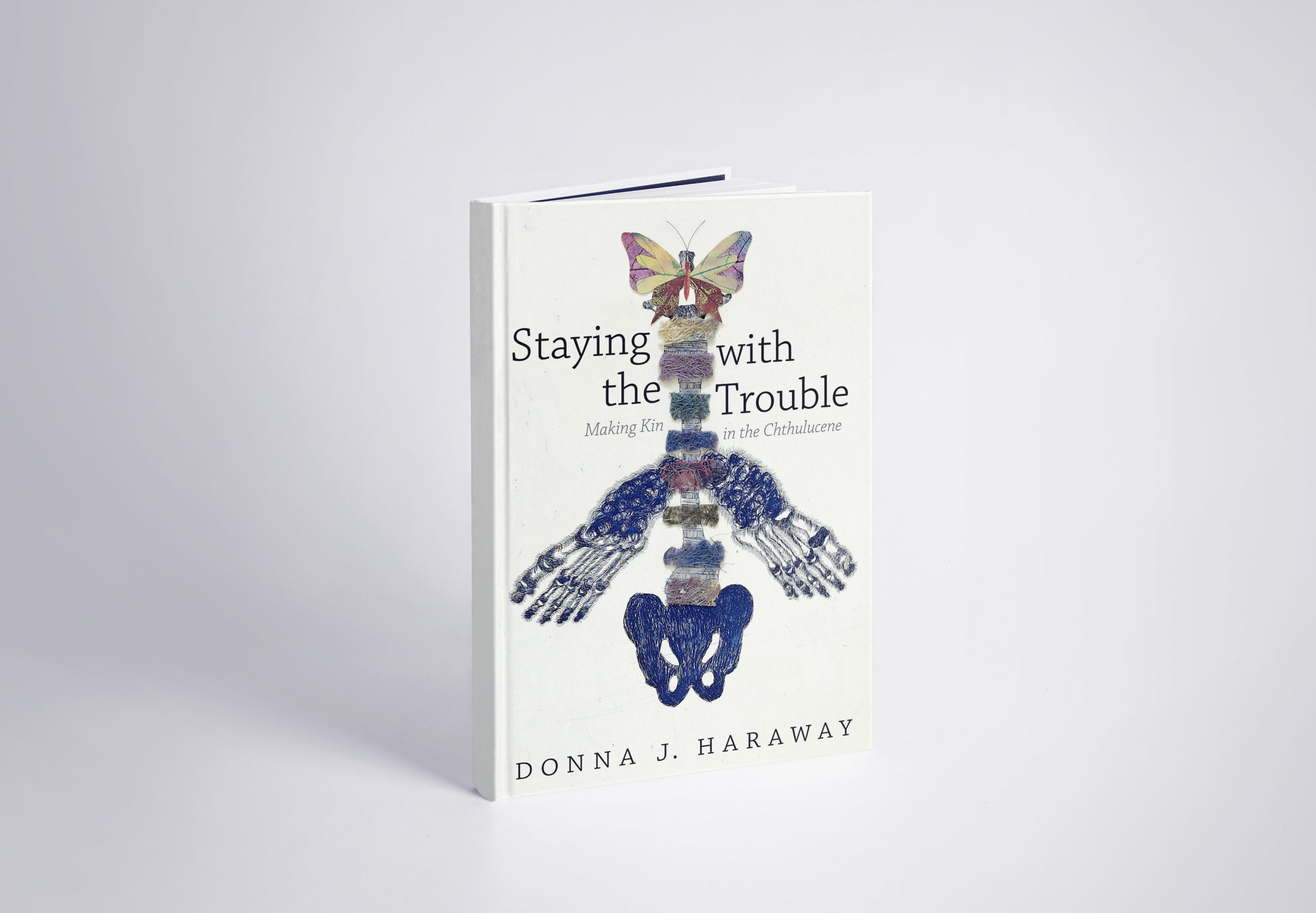
In response to the rapidly declining ecological devastation we are faced with today, theorist and feminist Donna J. Haaraway recommends new ways for us to reestablish our relationship to earth and everything on its surface. Overriding the geological epoch which defines the beginning to when humans impacted the earth (Anthropocene), she proposes instead that humans and non-humans are inextricably linked. ‘Staying with the trouble’ of a devastated earth, Haraway argues, will be more conducive to establishing more liveable and viable futures. She believes that the human race will need to confront its self-importance and defer itself to the biological critters under-ground. Such a thought provoking and daringly original text will have you re-configuring your relationship to your surroundings.
Selected by Nadja Plein
by Jordan Peterson
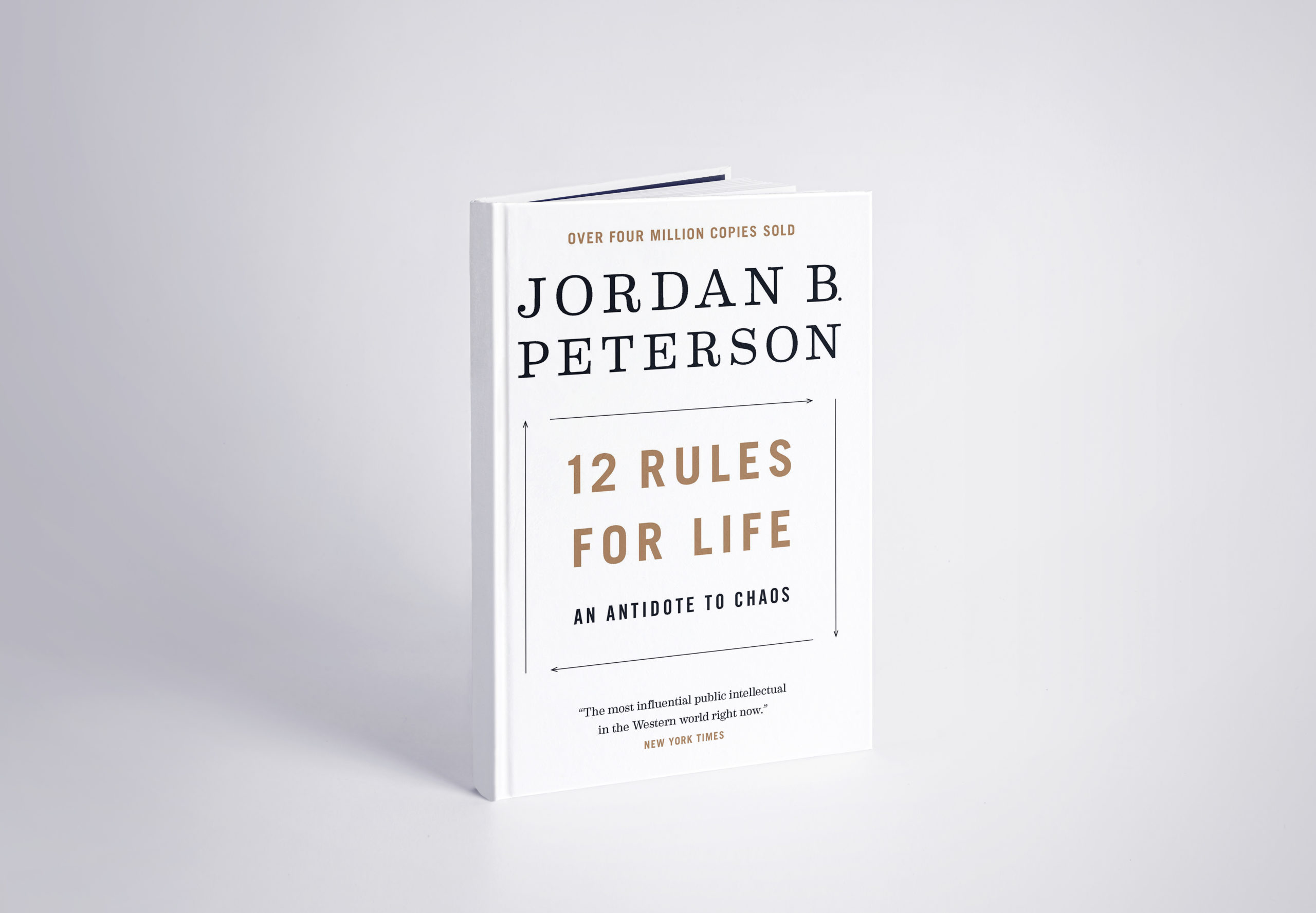
Renowned psychologist Jordan B. Peterson’s text answers some of the most difficult questions to do with freedom, discipline, responsibility and adventure, filtering his wisdom into 12 practical rules for life. His humorous and informative guide unites, analyses and dissects antiquated truths from ancient traditions and cutting edge scientific research.
Selected by Ewan Keenan
by Carol Mavor
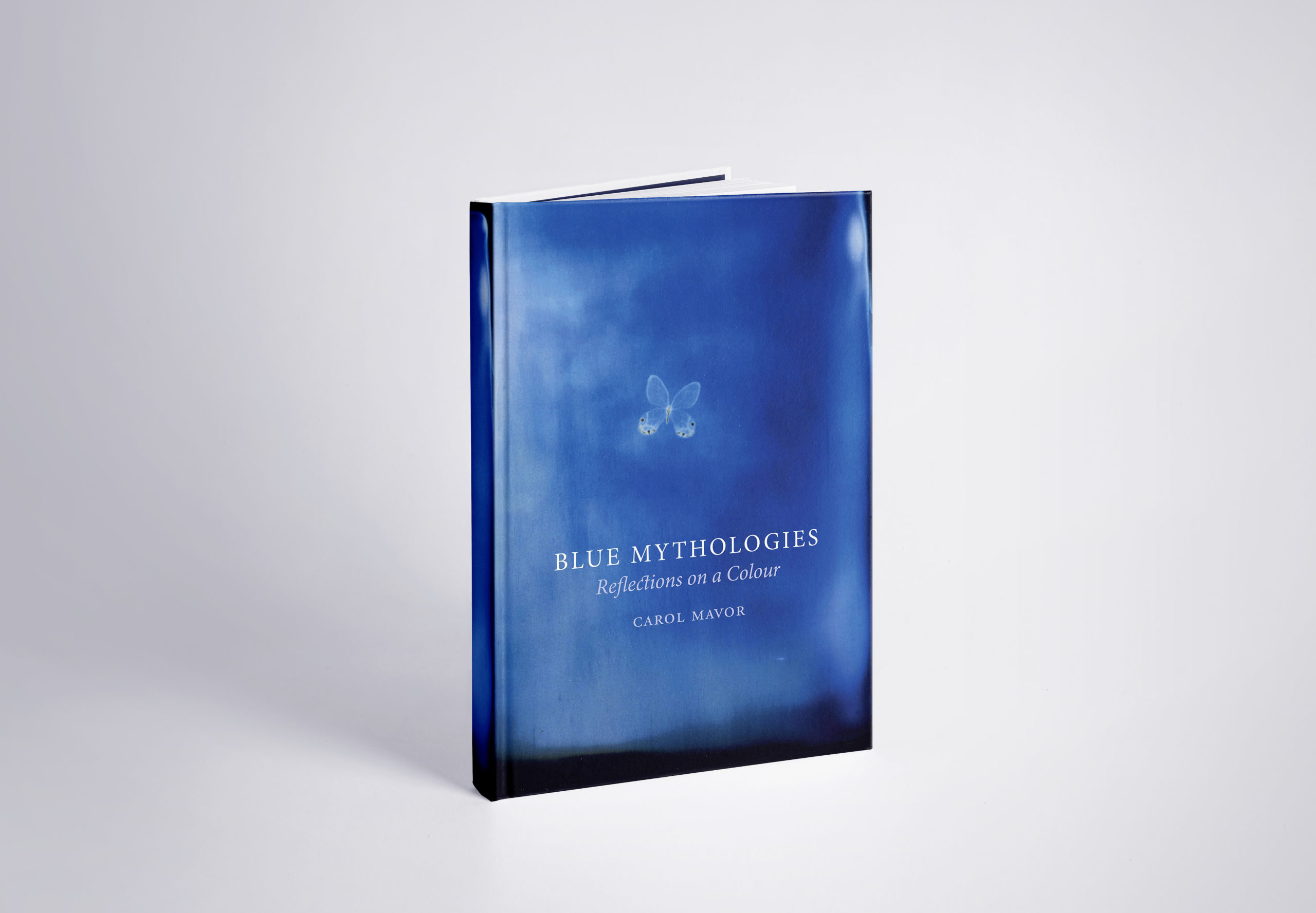
Carol Mavor’s ‘Blue Mythology’ invites the reader to re-examine with a fresh pair of eyes the tales, traditions and connotations of the colour blue. Examining and engaging with a whole breadth of topics from religion, science, gender, art and slavery to contemporary film, this beautifully illustrated book unpics with an acute historical, sociological, literary and visual lens.
Selected by Salomé Wu
by Walter M. Miller Jr.
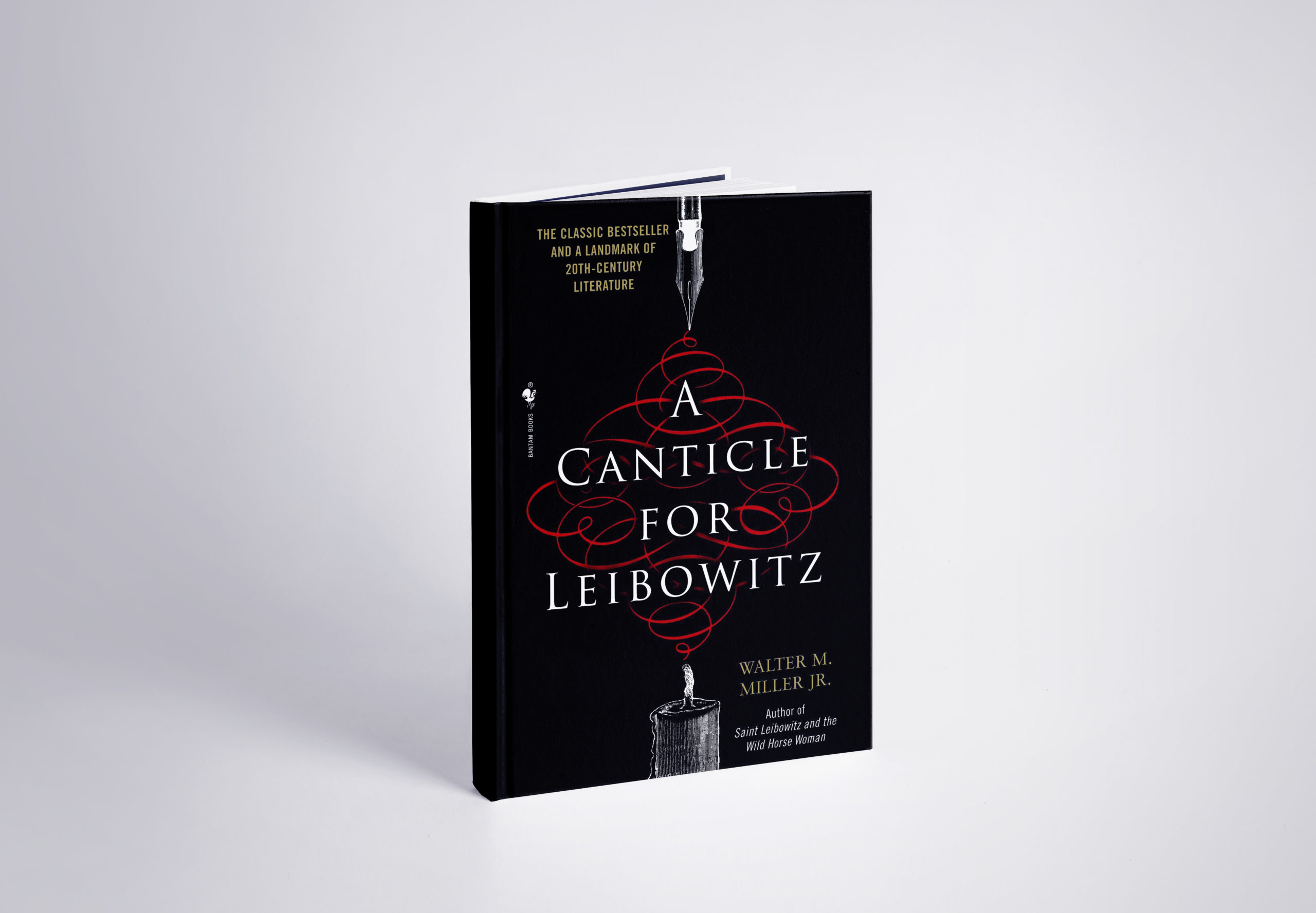
Set in a Catholic monastery in the desert of the southwestern United States, ‘A Canticle for Leibowitz’ is a post-apocalyptic science fiction novel which explores the world in the wake of a devastating nuclear war. Spanning thousands of years, the book journeys through time as civilization attempts to restore itself. This imaginative, richly comic and frighteningly grim tale is one to read if you want to access another realm more terrifying than 2020.
Selected by Joseph Justus
by Roland Barthes
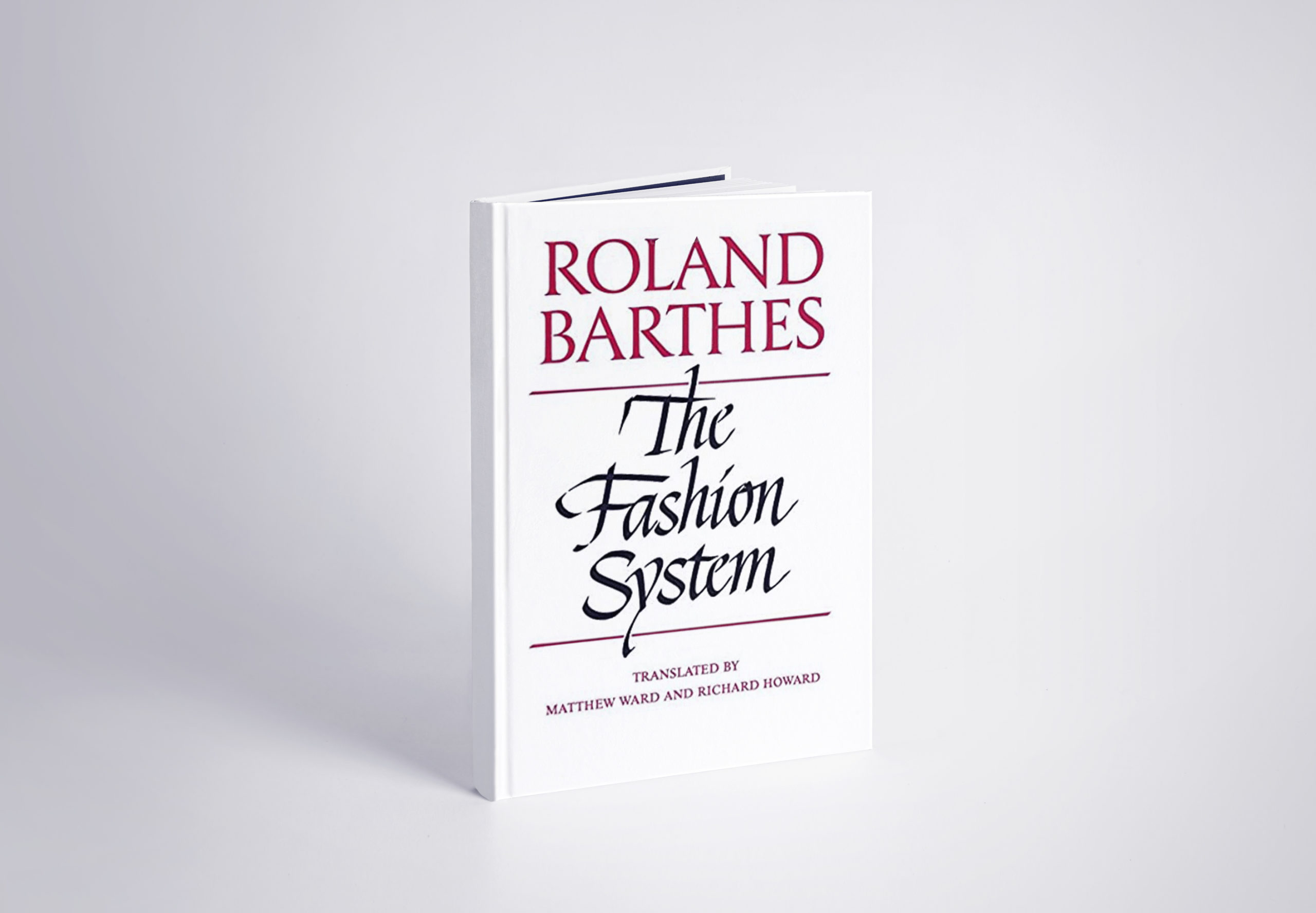
This smart, slightly insane, and at times complex text is a reading of the world of fashion through the eyes of the great thinker, critic, writer Roland Barthes. By analyzing the descriptions of women’s clothing by fashion writers, ‘The Fashion System’ allows the reader to read and access between the lines, words and images of the fashion industry.
Selected by Nicola Gunnarson
by Wassily Kandinsky
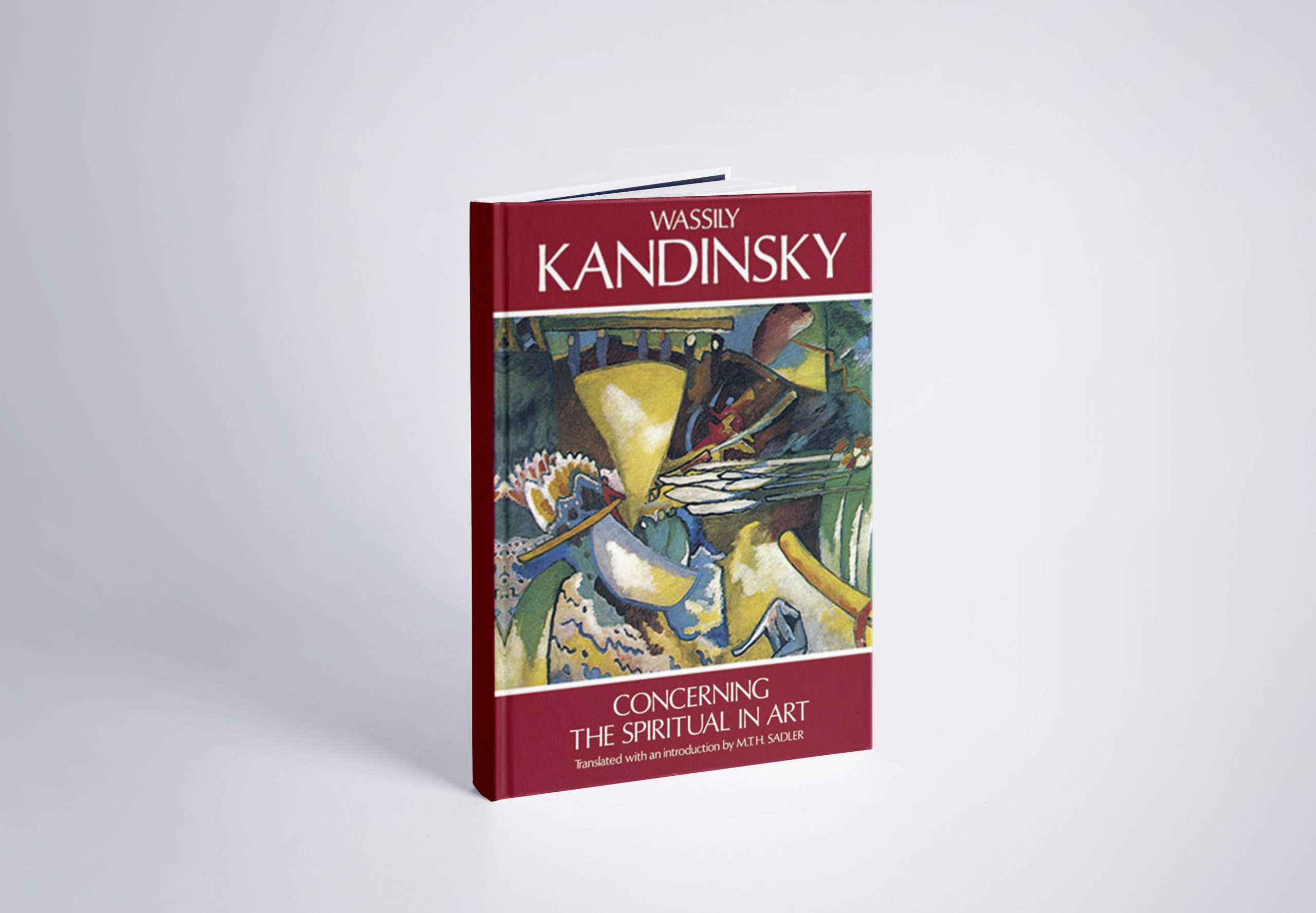
‘Concerning the Spiritual in Art’ is heralded as one of the most pivotal documents in the history of modern art, a necessary read for art students, patrons and enthusiasts concerned with 20th century painting. Kandinsky’s bible to modern art is split into two parts, condensing and refining ideas that influenced both himself and his contemporaries. The first, “About General Aesthetic”, calls for a spiritual revolution in painting, enlisting artists to express their inner lives in non-material, abstract terms. The second, “About Painting”, discusses the psychology of colors, the responsibility of the artist, and the language of form and colour.
Selected by Lucia Horvátová
by Georges Perec
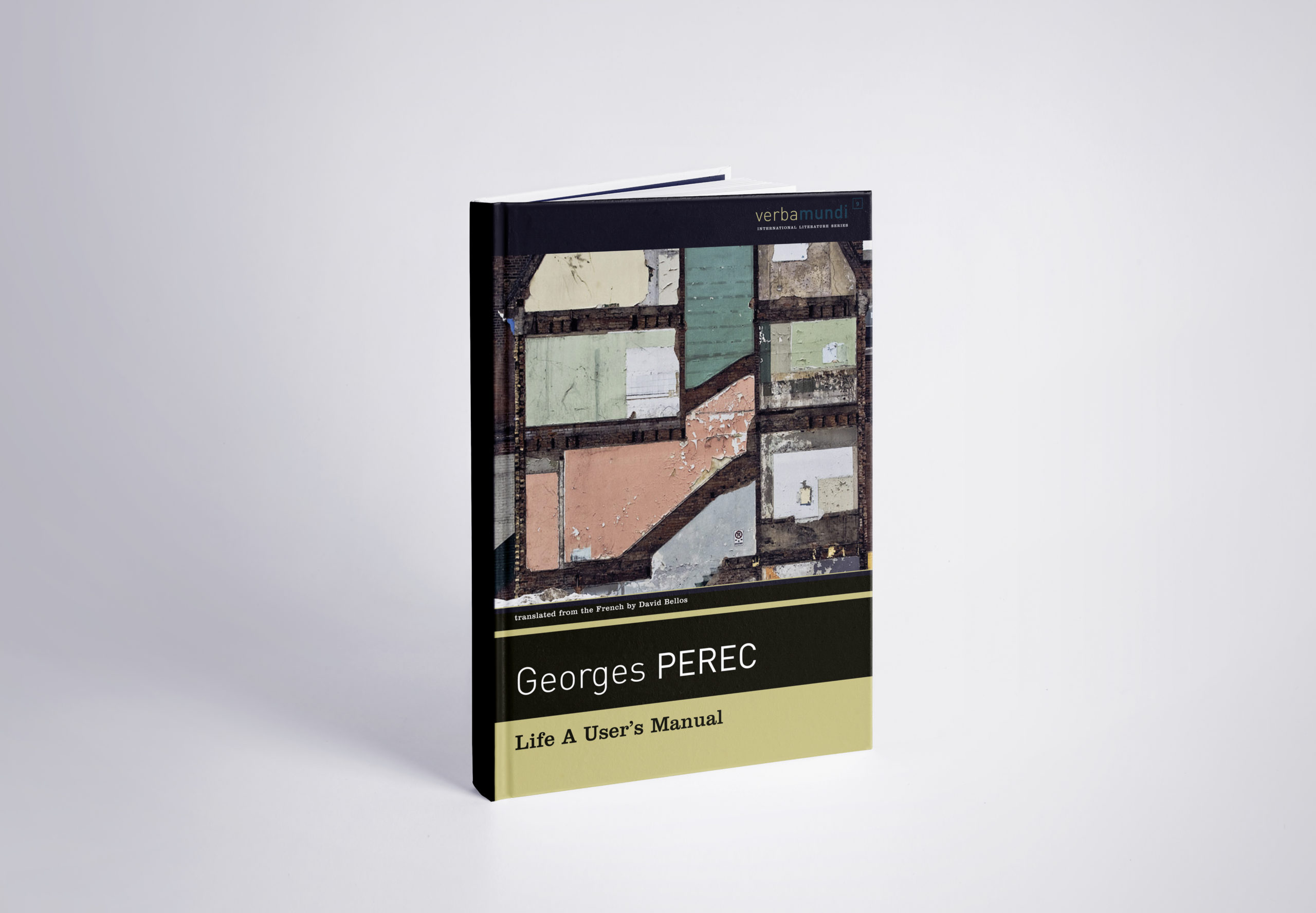
‘Life: A User’s Manual’ is a sprawling collection of bizarre, funny and even quite ordinary stories that unravel within a fictitious Parisian apartment building. As the text unravels, every new room welcomes a new chapter which introduces the current and past residents of the room. Whilst interspersed with literary puzzles, illusions and problems to solve, the interwoven tales portray a manual of human irony, displaying the disparate fortunes of the occupiers living in the XVII arrondissement of Paris.
Selected by Samuel Rosi
by Maurice Fréchuret & Thierry Davila
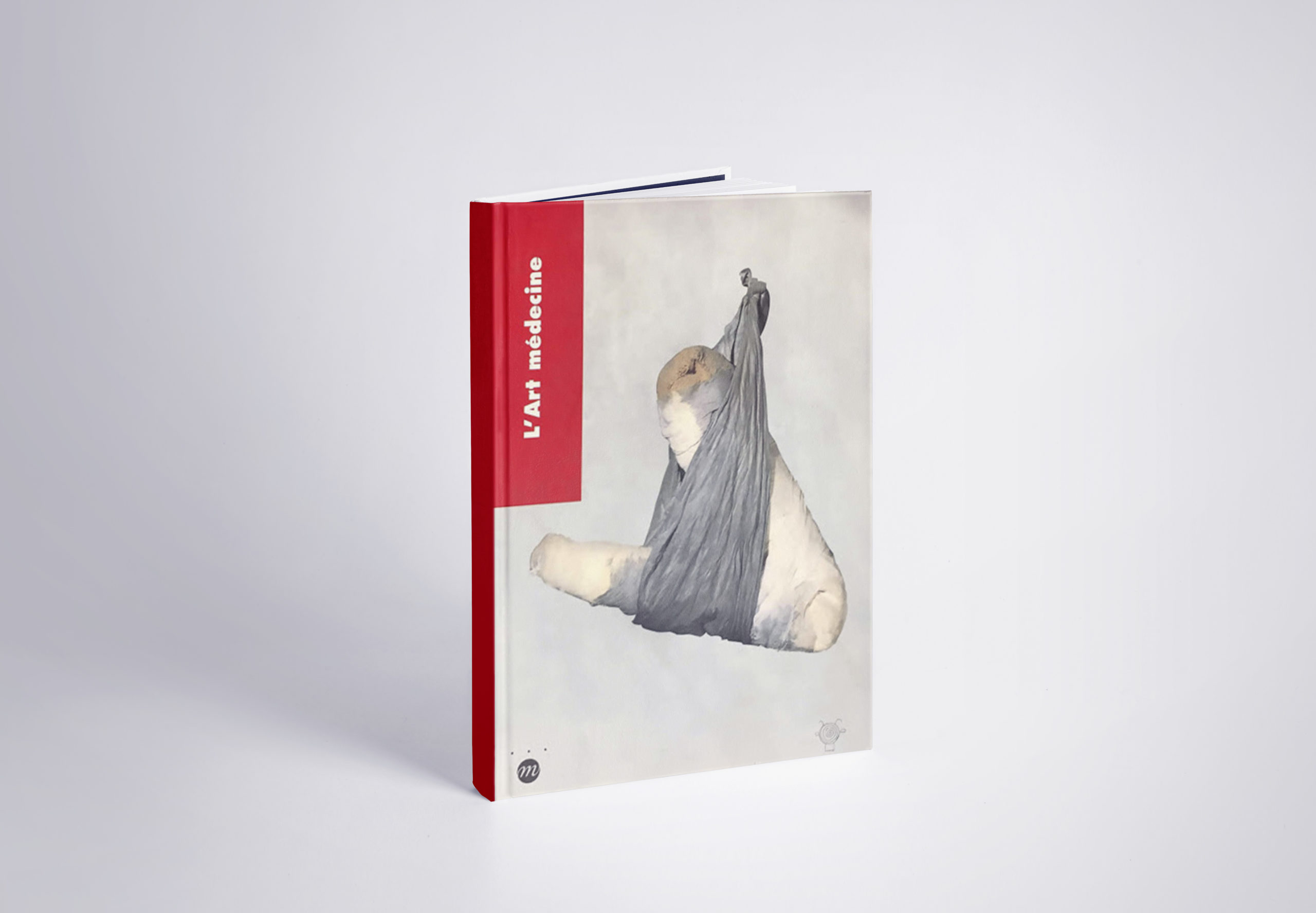
Between the two, curator and art critic Thierry Davila and French art historian Maurice Fréchuret have curated a large number of temporary exhibitions, at the Picasso Museum (Antibes) amongst others, most often devoted to contemporary artists. Published by the Musée Picasso d’Antibes, L’art médecine explores the lives of artists who have used art as a means of therapy, from Matisse, Sam Francis, Tapies and Léger, alongside artists such as Lygia Clark, Mona Hatoum and Joseph Beuys, whose practice and process of art function through a means of healing.
Selected by Lucy Ralph
by Rainer Maria Rilke
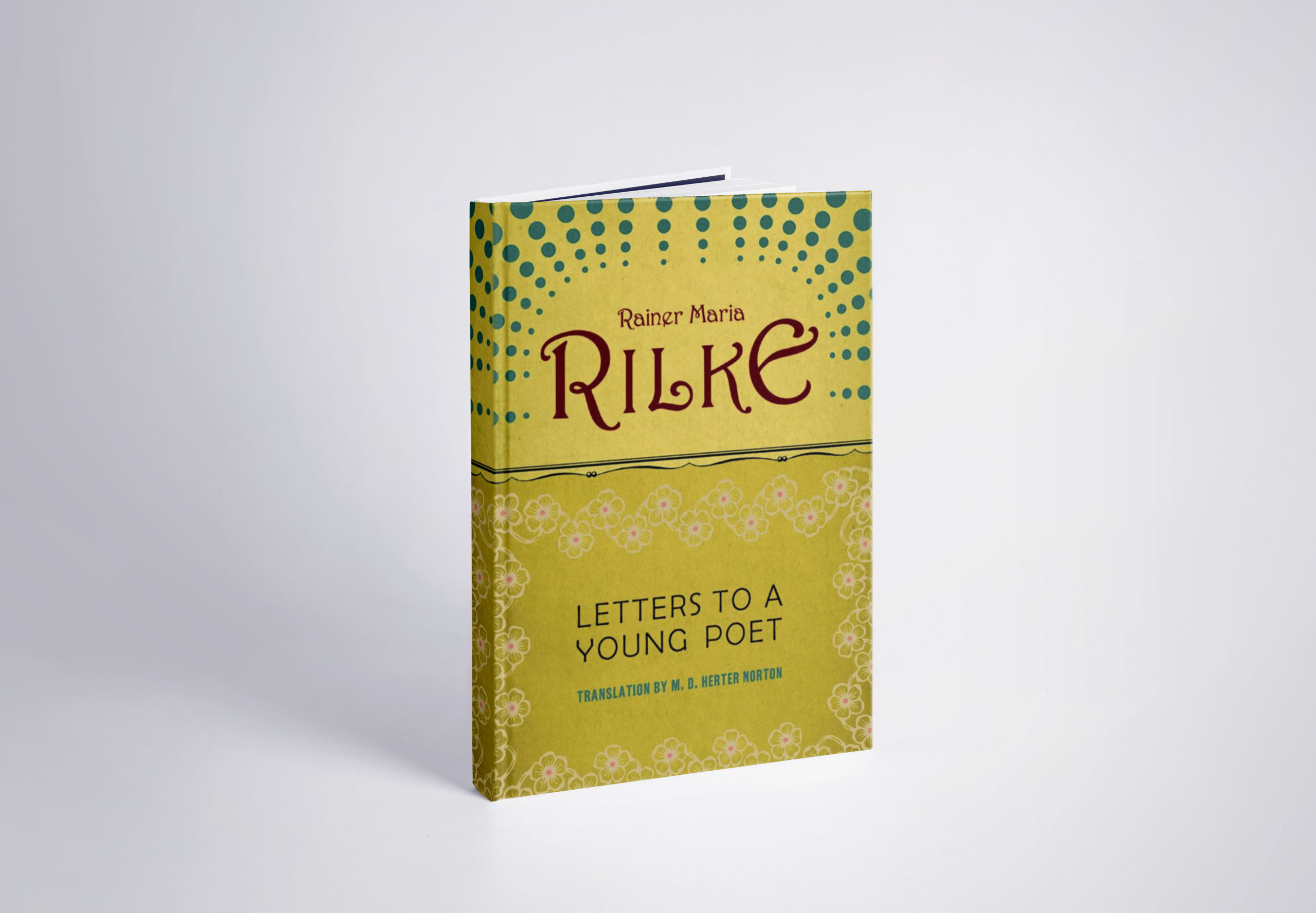
A collection of letters written by Rilke to a young officer cadet concerning matters of advice, love, suffering, writing and sex. These lyrical letters delve into the mind of a young sensitive poet to-be coming into contact with the harsh reality of the world. His words have been known to inspire and comfort many as he shares with his readers a deep understanding of the solitary nature of the artist.
Selected by Nicole Ching